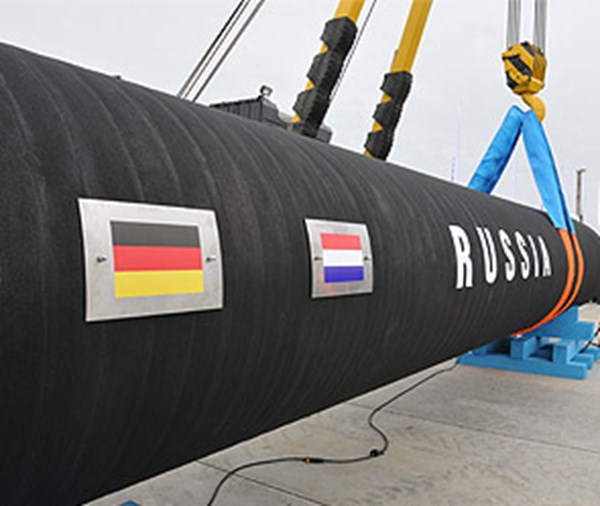US sanctions against Nord Stream 2 pipeline come into effect
US President Donald Trump has signed a package of sanctions, which were previously approved by Congress and the Senate, against companies involved in the construction of the Nord Stream 2 gas pipeline. The bill came into effect. The punitive measures are included in the new US National Defense Authorization Act for 2020, which Trump signed on December 21.
The bill provides for restrictions against foreign companies providing vessels for the construction of Nord Stream 2 and TurkStream pipelines. The document says that the sanctions are imposed to ensure the energy security of Europe.
The US could have imposed sanctions on the participant companies even earlier: They were set out in the Countering America’s Adversaries Through Sanctions Act (CAATSA), which was passed in 2017, notes Gerhard Mangott, professor of political at the University of Innsbruck, an expert on Eastern Europe.
However, the Trump Administration chose not to do so, even though Germany’s position in the dispute with the US was inherently weak: “If Germany had tried to get revenge by punishing the Americans for the sanctions on Nord Stream 2, it would have found itself in a very vulnerable position with regard to restrictions against the German automotive industry,” said Mangott.
Even without US sanctions, Gazprom’s export opportunities have taken a hammering. In September, the European Court of Justice banned the Russian company from utilizing more than half of the capacity of the OPAL pipeline – the land offshoot of the first Nord Stream line.
The decision was made based on a lawsuit from Poland, which insisted that, by giving Gazprom access to the pipe that pumps gas from Nord Stream to countries in Central and Western Europe, the European Commission violated the principles of the EU gas directive, which prohibits one company from being both the gas supplier and the owner of the pipeline.
For Gazprom, this decision means a loss of 18 billion cubic meters per year, one third of Nord Stream 1’s designed capacity (55 billion cubic meters).
